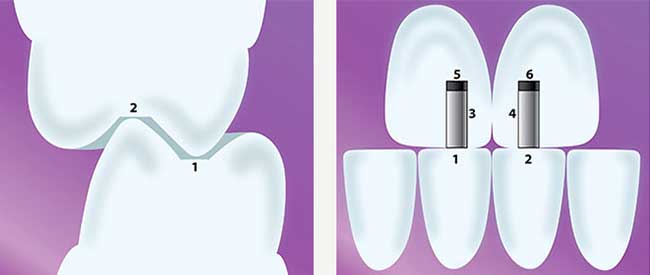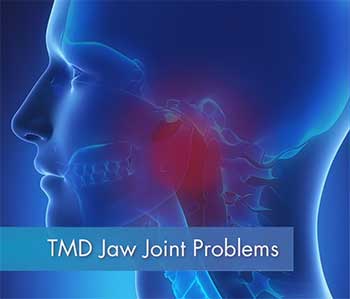Project Description
Understanding More About Bite Adjustment
Bite adjustment is another phase that follows because once your TMJ discs and jaw is back in its home position or true hinge bite, the poor position and arrangement of your teeth will be obvious to us both. Dr. Florian Mack will explain all this during your treatment.
When Is Bite Adjustment Necessary?
If a patient presents without a protected hinge bite then bite adjustment is recommended. It is all work in progress as it takes time for the jaw to adjust to its home position. As mentioned earlier this dislodgement of the jaw could have happened from teenage years. Bite adjustment at times can involve considerable dental work but not always, as in some cases can be quite minimal.
What Is Required For Bite Adjustment?
Bite adjustment starts with gently grinding the certain spots on the teeth in hinge bite and where there is an obstacle in way of your bite. Once your TMJ discs and jaw is back in its home position or true hinge bite, the poor position and arrangement of your teeth will be obvious to us both. You will then appreciate why this unprotected bite of your teeth has created all your symptoms. In other words, you will find that only one tooth contacts first in hinge bite.
Occlusal or bite adjustment initially involves spot grinding mini flat areas on the back teeth to correspond to the cusp tip or points on the opposite teeth. Spot grinding at the back of the top front teeth is also performed, but in general, most is performed on back teeth.
To make the other teeth contact one has to spot grind mini flat areas to correspond to the points or cusps of the opposite teeth as shown in the clinical case below.

Spot grinding after the TMJ disks are back in their home position.
How To Achieve A Stable Hinge Bite
This is nearly always performed after 4 splint adjustments during occlusal splint therapy when the hinge motion of the jaw joints is relatively stable, healthy and reproducible. The aim is to have the teeth mesh at exactly the same time as the lower jaw hinges. When this occurs, it is called the hinge bite. We need to achieve a stable hinge bite. The diagram below illustrates flat landing pads that have been adjusted to accommodate the points of the opposite teeth.

After all bite adjustments have been completed you will certainly notice the difference it makes. For a few cases, the final phase may be bite reconstruction. This is not about making the teeth look great but to the emphasis in on the occlusal bite.
If you would like to know more about TMJ Dr. Florian Mack specialises in TMJ / TMD disorders so you will in good hands and be given the right advice. Please give us a call 07 3221 0443 or Contact Us and we will arrange a consultation at your convenience at either Robina or Brisbane City practice.

